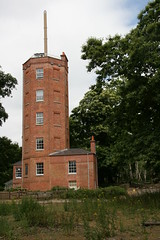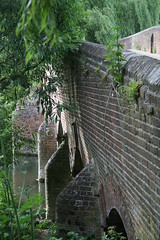A parcel should be made up for each week of the tour: thus, if the rider is going away for five weeks, he will need to send on four parcels, including, in each, Combination garment, flannel shirt, handkerchiefs and stockings. These, having been well aired, should be tightly rolled up in the waterproof or otherwise securely packed and the fastening sealed, and a label then attached bearing clearly the name of the sender, thus:
On the back in smaller characters should be carefully inscribed Mr. Smith's name and home address, whilst it is always a good plan to have the same name and address clearly written on the inside of the bag or piece of waterproof used.
The hotel people should be advised by letter and asked to keep the parcel in a dry place, and a couple of days before the rider gets to the hotel he can (in the case of a parcel) send on a note asking the people to open the package and have the things in it well aired.
The parcels can be sent on to the C.T.C. or other houses, either before the rider starts on his tour which is the best plan for a single man in lodgings or otherwise situated in such a way that he cannot be sure of his orders being attended to at once or else from home on receipt of instructions as to when and where they are to be sent.
At the end of each week the rider will get his change of clothes, and will send the used ones home in the same package by parcel post (which is in many cases quicker and more certain than the railway carriers' delivery), and they can, if necessary, be washed and aired and sent on again to another point on the route followed.




